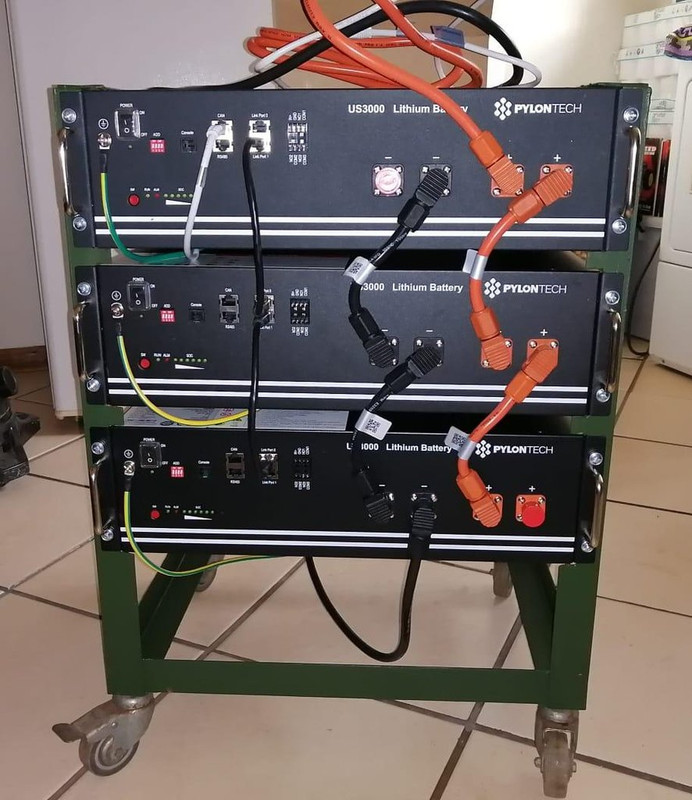Yes, you are right, I put the CT round the T&E I'd used. It was the only 6mm2 cable I could find in B&Q. I figured it was OK, but come to think of it, in its normal previous life it was round one incoming conductor on the feed from the grid before the splitter box. Daft of me! I've always wondered how these devices work so well given how crude they look. But as it's measuring the field round the wire, I guess putting it round live and neutral is going to mess it up. However, I'm 100% certain it's not exporting, as I expect the batteries to run down when we have a dull day (quite a lot recently despite the thread title!) and there's significant load like the washing machine / tumble drier. I've still got the car charging at night when I get cheap Octopus electricity. Tomorrow I'll split the T&E so that I can put the clamp on the live, and I'll charge the car in the day which pulls 7kW and see if it livens up the export.Countrypaul wrote: ↑Fri Mar 22, 2024 7:31 pm First thing I notice is that there appears to be a CT around a cable just above the Voltacon box. Does that CT go round the whole of a T&E cable and what is the CT connected to?
You also have one battery connected to your inverter and the other batteries connected to the first battery. It seems normal convention to connect either the first or last to one pole of the inverter and the opporite battery to the other pole - someone more familiar with batteries can explain far better than I canat present.
Re the battery connection, this system works at 52v (so it's 12 lithium cells in series inside, maybe several in parallel too). Adding more batteries to increase the storage has to be done in parallel to maintain the bigger bank at 52v. You are right, the top battery will run at very slightly lower voltage than the lower ones due to the resistance in the connection wires, but they are hefty wire, even at 100 amps it will be small. I make a lot of model aircraft with battery power using much smaller lithium ion batteries, usually all cells in series but occasionally two strings in parallel. we bung 100A down conductors of maybe 10mm2 sometimes, and the strings are indistinguishable after full discharge. Voltacon definitely instruct them to be wired in parallel, I've seen that with these batteries on some of their youtube videos. So at least that bit is right, I think.
Thanks for your comment!
